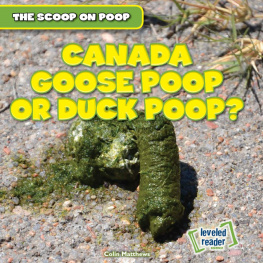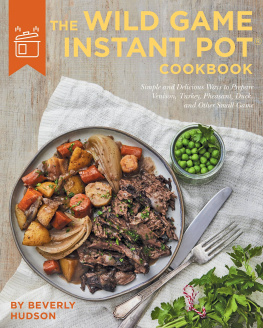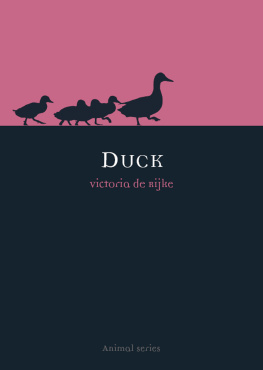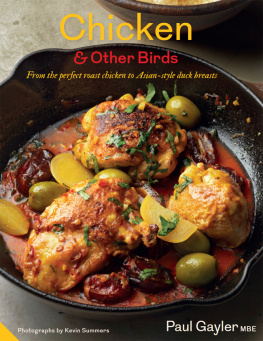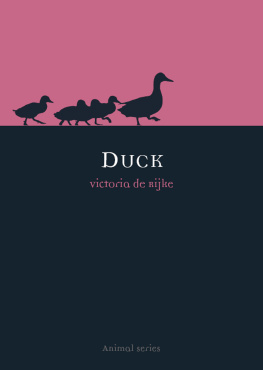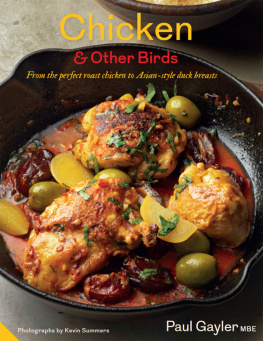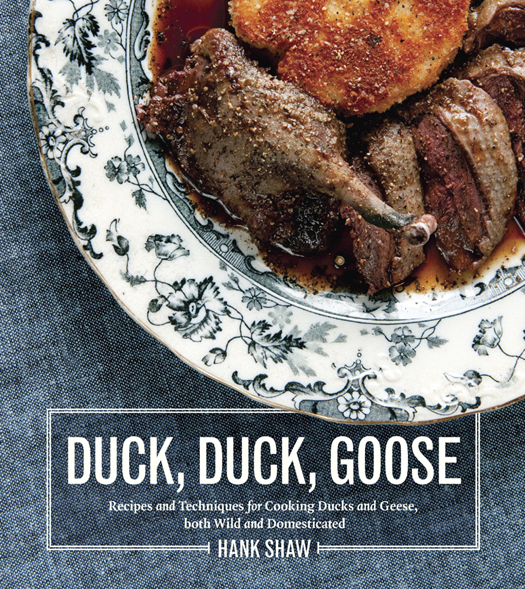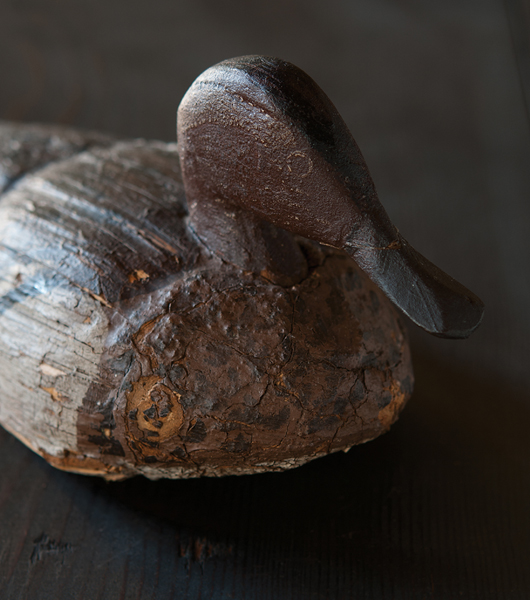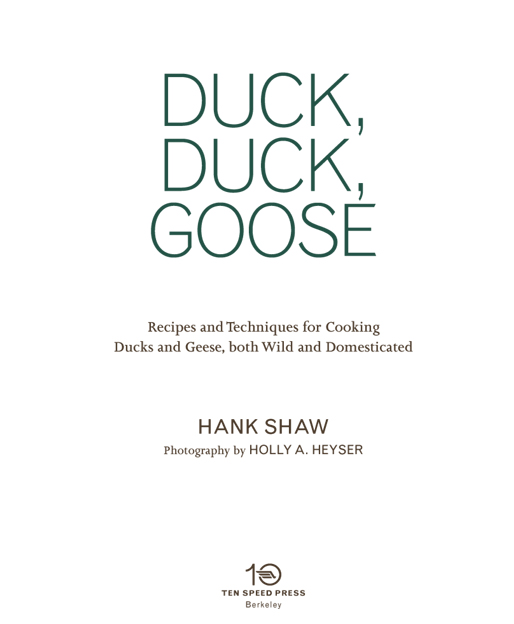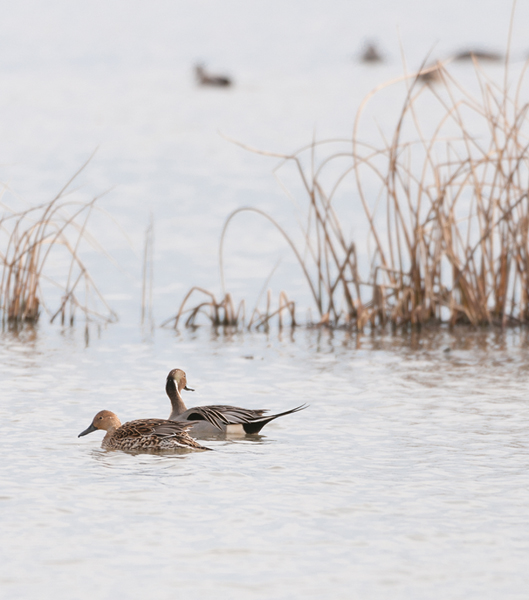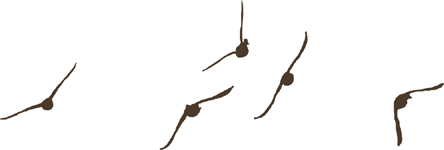Some of the recipes in this book include raw eggs. When eggs are consumed raw, there is always the risk that bacteria, which is killed by proper cooking, may be present. For this reason, always buy certified salmonella-free eggs from a reliable grocer, storing them in the refrigerator until they are served. Because of the health risks associated with the consumption of bacteria that can be present in raw eggs, they should not be consumed by infants, small children, pregnant women, the elderly, or any persons who may be immunocompromised. The author and publisher expressly disclaim responsibility for any adverse effects that may result from the use or application of the recipes and information contained in this book.
Copyright 2013 by Hank Shaw
Photographs copyright 2013 by Holly A. Heyser
All rights reserved.
Published in the United States by Ten Speed Press, an imprint of the Crown Publishing Group, a division of Random House, Inc., New York.
www.crownpublishing.com
www.tenspeed.com
Ten Speed Press and the Ten Speed Press colophon are registered trademarks of Random House, Inc.
Library of Congress Cataloging-in-Publication Data
Shaw, Hank, 1970
Duck, duck, goose : recipes and techniques for cooking ducks and geese, both wild and domesticated / Hank Shaw.
pages cm
1. Cooking (Duck) 2. Cooking (Goose) 3. Cooking (Game) I. Title.
TX750.5.D82S53 2013
641.691dc23
2012046940
eBook ISBN: 978-1-60774-530-3
Hardcover ISBN: 978-1-60774-529-7
Food and prop styling by Hank Shaw and Holly A. Heyser
by Holly A. Heyser
v3.1_r1
FOR HOLLY my duck hunting buddy, photographer, guinea pig, and most of all, my best friend.
CONTENTS
INTRODUCTION
Cooking a duck or a goose in todays world is an act of expression. It is a way to find that forgotten feast we Americans once enjoyed, to free ourselves from the Tyranny of the Chicken and shake our fists at the notion that fat is our enemy. Mastering these birds will make you a more competent carnivore. It will help you regain the skills we once had in our kitchens, and it will give you the knowledge needed to tackle more challenging morsels, such as giblets and wings and rendered fat. Cooking a duck or goosea whole bird, from bill to feetis real cooking. True, honest cooking .
Like pork, these birds offer an array of flavors and textures depending on which cut you choose. But unlike almost every other animal we normally consider food, ducks and geese offer a diversity of breeds and species that even a novice can detect at the table. The flavor of a Pekin duck is as far from that of a goose as a skinless chicken breast is from a rib eye. And that is just a domestic example. Throw in the world of wild ducks and geese and your experiences multiply tenfold: a roasted green-winged teal bears little resemblance to an eider, a goose, or even a cinnamon teal. The common mallard can taste markedly different depending on whether it had been eating corn, acorns, rice, or fish.
Waterfowl has a rich human history, as well. Tamed first by the ancient Egyptians, geese are one of humankinds oldest domesticated animals. Ducks, which arrived in the barnyard later, have nevertheless been domesticated for thousands of years and arose independently in two parts of the world before they spread to the rest of the globe. Cultures as far-flung as Mexico, Persia, and China have been cooking ducks and geese for more than three millennia, and nearly every cuisine in the world has found a place for duck at the table.
Perfectly cooked duck breast has the meatiness of a steak with an additional cloak of fatty, crispy skin. In fact, it is better to associate duck with beef than with other poultry: think of the breast meat as a steak and the rest of the bird as the brisket. But it is the skin that most distinguishes duck in the kitchen. Crispy duck skin is one of the greatest pleasures of the dining table. It is the reason that Peking duck has persisted as a Chinese classic for nearly seven hundred years. And crispy skin is what separates confit, a French method of lightly curing duck legs or wings and then slowly cooking them in their own fat, from another piece of braised meat. Confit is so meaty, silky, and crispy that it has become many a chefs death bed meal.
I am not alone in feeling this passionate about waterfowl. Duck is experiencing a renaissance in restaurant kitchens across the continent. Seared duck breast or duck confit has become a common sight on menus. And just as with the pork revolution of the past decade, diners well outside of the nations culinary capitals of San Francisco, New York, and Chicago are finding evidence of the trend: crispy duck tongues in Kansas City; duck skin cracklins in Toronto; duck consomm in Minneapolis; foie gras foam in Sacramento; duck legs, braised and pulled like carnitas, tucked into tacos in Austin. Diners are excited about duck. It has become the new pork.
But this renaissance need not be the province of the professionals. Restaurant cooks are not wizards. With the possible exception of Peking duck, they are not cooking duck in mystical ways that require years of apprenticeship to master. Cooking a duck properly is not rocket science, though it does require some specialized knowledge. This books primary goal is to give you that knowledge.
I can hear some of you. Youre thinking about the ducks youve eaten in the past, and the image youve conjured up is not good. Chances are the first word that popped into your head was some variant of greasy, dry, or livery. And I am certain that either you or someone you know has his or her Great Goose Disaster story. These tales of woe typically begin with visions of a Victorian Christmas and end with gallons of greaseoften igniting into fireballsdry, unhappy meat, and a lifetime of disappointment. Oh, I tried goose once. Let me tell you about the time Even hunters who often shoot scores of ducks in a season share this fear of fowl and banish their ducks to the sausage heap.
This need not be so. With a few exceptions, the recipes in this book can be done with no special equipment from ingredients you can buy in an average supermarket. Yes, I have included a few high-wire recipes, but that is just to show you the range of dishes you can create with these remarkable animals.
In the pages that follow, you will learn how to break down a duck or goose into legs, breasts, and wings, a process not terribly different from how you handle a chicken. The hunters among you will find out how to hang, pluck, and eviscerate their birds. Throughout this book, you will discover the fundamentals of duck and goose cookery: how to cook a duck breast properly, and how to cook duck legs so that they are tender, yet still have crispy skin. I will walk you through the culinary jazz of making sausages and other charcuterie and stocks, teach you how to render duck and goose fat from both domestic and wild birds, and describe how to cook with that fat as well as with duck eggs, which may look like chicken eggs but are not.


